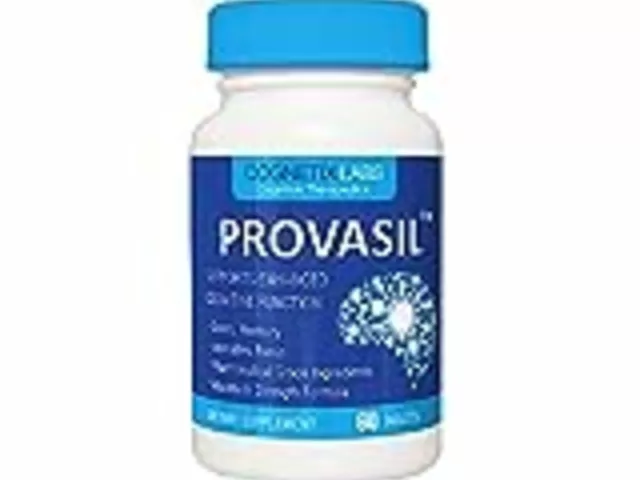Healthcare providers: quick, practical pharma guidance
Want fast, usable advice you can use between patients? This page collects clear, practical tips and links for clinicians who prescribe, counsel, or manage medication therapy. Expect bite-sized safety checks, red flags for online pharmacies, and quick talking points for common drug choices like statins, antibiotics, and psych meds.
Safety checks and prescribing shortcuts
Before you write a script, run five clear checks: indication, dose, renal/hepatic adjustment, major interactions, and patient counseling points. For example, with Nitrofurantoin check creatinine clearance and pregnancy status; with atorvastatin (Lipitor) note drug interactions that raise statin levels; with didanosine review co-administered antivirals and acid-lowering meds. Make these checks part of your workflow — a quick checkbox saved in your notes saves time and prevents harm.
When a patient asks for an alternative, use a focused approach: state why the original drug isn’t right, name one or two realistic alternatives, and share one monitoring step. If someone can’t take metronidazole, suggest a specific substitute and tell them which side effect to watch for. Keep it concrete so the patient leaves with an action plan.
Online pharmacies, telehealth, and patient counseling
Patients increasingly buy meds online. Teach them three quick red flags: no prescription required for Rx drugs, prices that look too good to be true, and lack of verifiable contact info. Recommend checking pharmacy credentials and using established services. If you work with telehealth, document the patient ID method and clinical rationale for remote prescribing — that protects you and the patient.
Counseling must be short and clear. For anxiety meds like lorazepam (Ativan), tell patients what onset to expect, how long to use it, and specific side effects to report (excess drowsiness, breathing changes). For antibiotics, stress duration and the main signs of an allergic reaction. Use plain language: "Take with food if it upsets your stomach" beats a long pharmacology lecture.
Drug interactions crop up across specialties. Watch combinations like pregabalin plus SSRIs for increased dizziness or didanosine with certain antacids that lower efficacy. When in doubt, pause and consult a reliable interaction checker or a pharmacist — they’re your fastest safety net.
Keep quick reference tools handy: a shortlist of non-statin lipid-lowering options, alternatives to common antibiotics, and safe options for labor induction when first-line drugs aren’t suitable. Update these lists annually — new approvals and safety alerts change practice fast.
Finally, make patient records actionable: document counseling points, follow-up plans, and why you chose an alternative. That short note prevents confusion at the next visit and helps any colleague stepping in. If you want, use the articles linked here for handouts or to guide a short patient email after visits — clear resources reduce calls and improve adherence.

As a patient or healthcare provider, it's crucial to be aware of Lamivudine drug interactions. Lamivudine is an antiviral medication commonly used to treat HIV and hepatitis B, but it can interact with other medications, potentially reducing its effectiveness or causing adverse side effects. To ensure safe and effective treatment, patients should inform their healthcare providers about all medications they are taking, including prescriptions, over-the-counter drugs, and supplements. Healthcare providers, in turn, should closely monitor patients on Lamivudine and adjust treatment plans accordingly. By staying informed and communicating openly, we can better manage our health and ensure the best outcomes possible.





